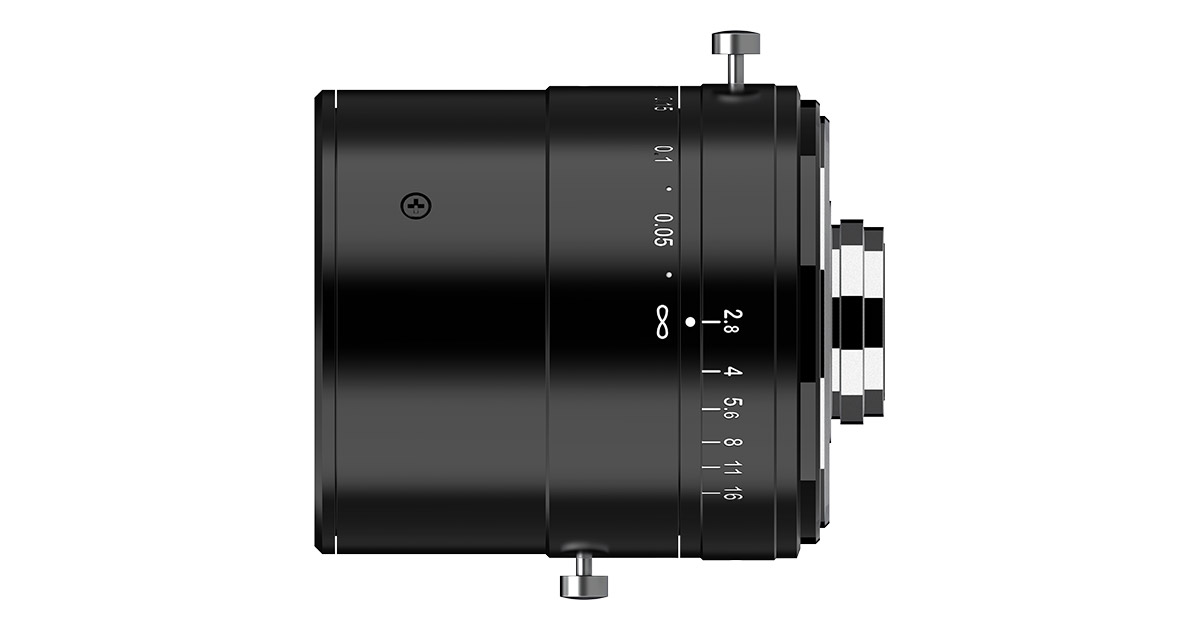Nikon Unveils Advanced Rayfact UV25mm F2.8 Lens for Ultraviolet Imaging
Nikon Corporation is excited to introduce its newest innovation in the realm of industrial imaging – the Rayfact UV25mm F2.8 lens. This state-of-the-art lens is crafted specifically for use with ultraviolet (UV) cameras and is part of Nikon’s esteemed Rayfact UV lens series. It brings a new level of precision to the visual inspection of semiconductor wafers and electronic components, providing the ability to detect even the most microscopic scratches and surface irregularities. Furthermore, the lens is adept at distinguishing materials that might otherwise appear identical under visible light. Beyond these applications, the Rayfact UV lens series has found utility in areas such as combustion and plasma research, with expectations for expanding use cases in the future.
Enhanced Imaging with Advanced Sensor Compatibility
The Rayfact UV25mm F2.8 lens is specially optimized for integration with the IMX487 high-resolution UV image sensor, developed by Sony Semiconductor Solutions Corporation. This sensor is renowned for its industry-leading small 2.74µm square pixels, which allow for capturing intricate details with exceptional clarity. The design of the Rayfact UV25mm F2.8 ensures crisp, edge-to-edge image quality, making it superior to earlier models in terms of brightness and resolution. This enhancement is particularly beneficial for conducting high-resolution inspections over larger areas, providing professionals with the tools needed for meticulous examination and analysis.
New Product Overview
Product Name:
Rayfact UV25mm F2.8
Order Start Date:
December 1, 2024
Main Features
- Ultraviolet Wavelength Support: The lens can effectively operate within an ultraviolet wavelength range of 200 nm to 400 nm, making it suitable for a variety of specialized applications.
- Optimized Design: Tailored for the Sony Semiconductor Solutions’ IMX487 CMOS image sensor, which is compatible with UV wavelengths, ensuring optimal performance and image quality.
- Image Size Compatibility: Supports a Φ19.3 mm image size, making it compatible with 1.2" sensors. This compatibility enhances the lens’s versatility and adaptability to different imaging systems.
- Consistent Brightness: Maintains a brightness level of F2.8 at the standard field angle, ensuring consistent performance across diverse lighting conditions.
- Minimal Focal Shift: Exhibits minimal change in focal length across the supported wavelength range, thus maintaining image sharpness and focus.
- C-mount Compatibility: The lens is compatible with the highly versatile C-mount, a standard in many industrial and scientific imaging applications, allowing for easy integration into existing systems.
Main Specifications
The Rayfact UV25mm F2.8 lens is engineered for precision and versatility. Below are the detailed specifications:
- Magnification: Infinity to -0.05x to -0.20x
- Focal Length: 25.0 mm
- F Number (Infinity): F2.8 to F16
- Wavelength Range: 200 – 400 nm
- Image Size: Φ19.3 mm (compatible with 1.2" sensors)
- Object Size: Varies with magnification, maximum object size being Φ386.0 mm
- Object-to-Image Distance: Ranges from 569.9 mm to 195.7 mm, depending on magnification
- Relative Illumination: Varies with aperture setting, ensuring consistent brightness across the field
- Distortion: Minimal, ranging from -0.8% to +0.06%, ensuring accuracy in image reproduction
- Working Distance: Varies with magnification, ranging from 488.7 mm to 114.5 mm
- Mount Size: C-mount
- Attachment Size: M35.5 (P = 0.5)
- Dimensions: Φ60 x 63.5 mm
- Weight: Approximately 380 grams
Expanding the Horizons of UV Imaging
The introduction of the Rayfact UV25mm F2.8 lens by Nikon marks a significant advancement in the field of ultraviolet imaging. This lens is not only a tool for precise inspection but also a gateway to exploring new applications in science and industry. By enabling detailed analysis of semiconductor wafers and electronic components, the lens supports the growing demand for high-quality inspections in the tech industry. Additionally, its applications in combustion and plasma research highlight its potential to contribute to advancements in scientific exploration.
For industries relying on detailed and accurate visual inspections, such as electronics manufacturing and material sciences, this lens offers a robust solution that combines advanced technology with practical usability. The integration with Sony’s cutting-edge IMX487 sensor further solidifies its position as a leader in UV imaging solutions, promising to deliver exceptional performance and reliability.
Conclusion
Nikon’s Rayfact UV25mm F2.8 lens is a testament to the company’s commitment to innovation and excellence. By addressing the needs of professionals in various fields, Nikon continues to push the boundaries of what is possible in imaging technology. As the lens becomes available for order starting December 1, 2024, it is set to become an indispensable tool for those seeking to enhance their capabilities in ultraviolet imaging.
For more information on this groundbreaking product, you can visit Nikon’s official website. This lens not only represents a step forward in technology but also opens new avenues for research and development across multiple disciplines. Whether you are in the field of electronics, scientific research, or industrial inspection, the Rayfact UV25mm F2.8 offers the precision and clarity needed to excel in your work.
For more Information, Refer to this article.

































